Last year’s stacked lineup of games for the Game Awards had us thinking: What was the best year in gaming? As part of our series on determining gaming’s best year, we’re putting together an article on each year, charting the major releases and developments of the year, and talking about both their impact and what made them great.

The Year: 1995
Welcome to the fifth generation of game consoles. Yeah, Nintendo’s not in the market yet and won’t be for another year really, but Sony and Sega have both shot their shots and have their eyes on the lucrative US market. Nintendo shoots a different shot, banking on a new “handheld” console and some stellar SNES games. Collectible card games have exploded into a full-on craze and everybody wants in. It was a bit of a down year for PC gaming, though RTSes were gaining steam. And we had a stellar year for tabletop releases, with a new revised edition of AD&D, Games Workshop’s Necromunda, and a little board game called Settlers of Catan.
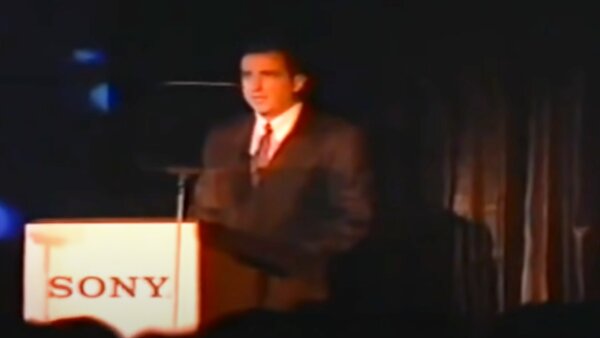
E3 1995
By 1995 it had become clear that there was a need for a video game industry trade show. Previously the Consumer Electronics Show (CES) had played host to those announcements and booths, but the games industry was quickly outgrowing the conference and needed its own standalone event. In 1994 the Interactive Digital Software Association, which would later become the Entertainment Software Association, put on the first video games trade show, called the Electronic Entertainment Expo (E3). Run alongside a competing CES event, this first proto-E3 was small, and several holdouts – most notably Nintendo and Microsoft – chose to be at CES instead, but it was still a milestone moment in what would become gaming’s biggest annual event.
Most notably, Sony and Sega were both at E3 in May 1995, and both were looking to build hype and support for the US release of their fifth-generation consoles, the Sega Saturn and Sony PlayStation. In a masterclass of getting it right vs. getting it wrong, the two manufacturers kicked E3 off with what may have been the strongest examples of what not to do and how to capitalize ever. Let’s review:
- Sega came onstage full of swagger, having beaten Sony in the Japanese market through the first few months of the consoles’ lifespans. They announced the Saturn would retail for $399 (about $807 in 2024), and that it was going on sale that day. Now as cool as this seems, it was a total shock to stores around the country, many of whom weren’t part of the early release strategy. Retailers were pissed, and consumers didn’t have time to plan and budget for the release.
- Sony then came onstage and announced the PlayStation would retail for $299 (about $612 in 2024). Then they walked off the stage to thunderous applause. And I mean they literally just came out and said, “299” and walked off the stage. Insane mic drop.
That’s a huge deal, and further drove the knife into Sega’s heart as the retailers they’d spurned with their surprise release began to pull the Saturn from their lineups as they believed they’d struggle to move the console with a $100 higher price point. When the PlayStation hit the US it absolutely crushed the Saturn, and in two days outsold the Saturn’s previous five months of surprise runway.
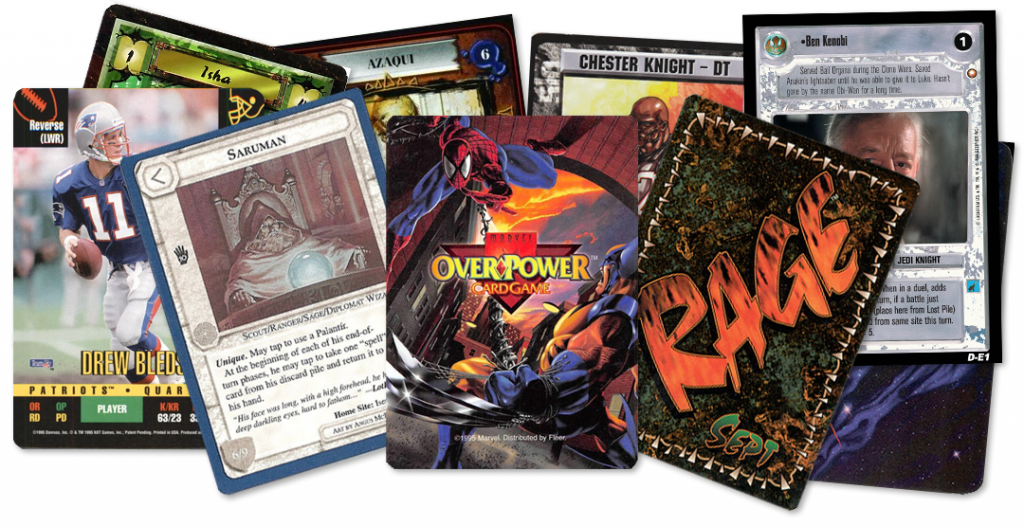
The CCG Explosion
Magic: the Gathering exploded in popularity in 1995 and collectible card games became a nationwide craze. Every hobby and toy store around the country was stocking cards, and price guides like Scrye and InQuest magazine were must-haves to navigate the space. There had previously been one or two high-profile competitors in the space but in 1995 that all changed as everyone was rushing to put a CCG on the market. None of them lasted. Let’s run through some of the best competitors:
- Legends of the Five Rings ran until 2015 and was based on a fictionalized east Asian setting and had players take the role of warring clans. The coolest part about this game was that publisher Alderac Entertainment Group let players influence the story by essentially letting tournament winners make big decisions for the game’s lore.
- OverPower ran until 2001 and was initially a Marvel superheroes CCG but later branched out to include DC and Image comics characters. I was a big fan of this one and the way it focused on each deck being built around a team of four heroes with their own stats and special abilities. I still have my collection and will talk about it to anyone who will listen.
- Rage ran until about 1997, and was based on White Wolf’s Werewolf: the Apocalypse roleplaying game. This game had killer art but that’s about all I remember of it.
- Middle-Earth Collectible Card Game ran until 1999 (when publisher ICE lost the license), and was built around Tolkein’s world. Players picked a wizard to align themselves with and then set out to amass power and influence. The game used dice, which was a bit rare for CCGs at the time. This is the game where the art of Saruman pondering his orb comes from.
- Star Wars: Customizable Card Game was one of the better games of the bunch and the second most popular CCG behind Magic (and beating it during the dark era of Homelands) right up until Pokemon was released. The game ran until 2001, but was killed by the prequels, when Lucasfilm chose to give the license for Star Wars to Wizards of the Coast. The game’s most notable bit was that, like Netrunner, one player was always playing the light side and the other would play the dark side of the force.
Magic was far from dormant during this time – Wizards of the Coast released its 4th edition set for Magic in 1995, removing dual lands from the game and bringing some older cards back into print. Then they released Ice Age in June 1995. Ice Age was the largest Magic expansion to date, and had originally been planned to replace the game’s core set. Because it could be played standalone it was the set which introduced the Sealed Deck format to Magic, in which players played a tournament using a starter deck and two boosters as their card pool. One month later Wizards set off a shit storm in the industry by releasing Chronicles, a set reprinting cards from Magic’s first four expansions. The ensuing outrage from collectors who saw the value of shitty-but-hard-to-get cards like Killer Bees plummet resulted in Wizards promising never to do it again and creating the Reserved List, a list of cards they’d never reprint.
And then releases slowed way down for Magic. Wizards of the Coast released only one set between June 1995 and June 1996, the (rightfully) much-derided Homelands expansion, which had a low power level and few noteworthy cards. After coming in white hot and creating the CCG craze, Magic nearly went comatose.
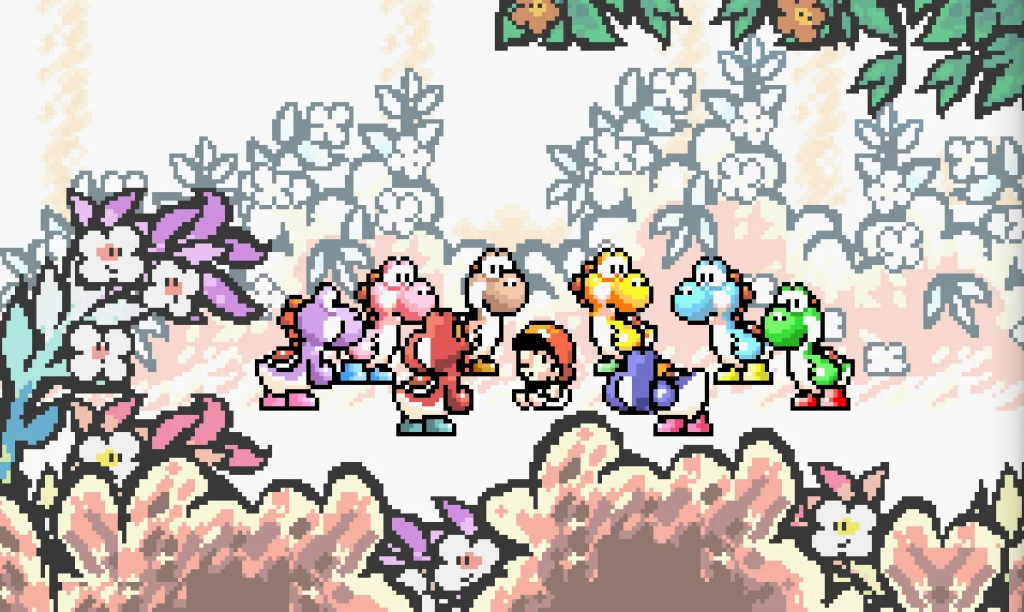
Nintendo Takes a Victory Lap
Nintendo had decisively won the 16-bit console war, with Sega bowing out to focus on the Saturn and as a result getting its butt walloped by an all-timer slate of SNES releases in 1994. But with the Nintendo 64 (then referred to as the Ultra 64) still a year away, the company was still focusing on its 16-bit console. 1995 saw a number of high-profile releases for the console, such as Donkey Kong Country 2, Yoshi’s Island, Super Star Wars: Return of the Jedi, Castlevania: Dracula X, Clock Tower, Terranigma, Dragon Quest VI, Tales of Phantasia, Mega Man X3, Seiken Densetsu 3, and Chrono Trigger, the last of which we’ll talk about below.
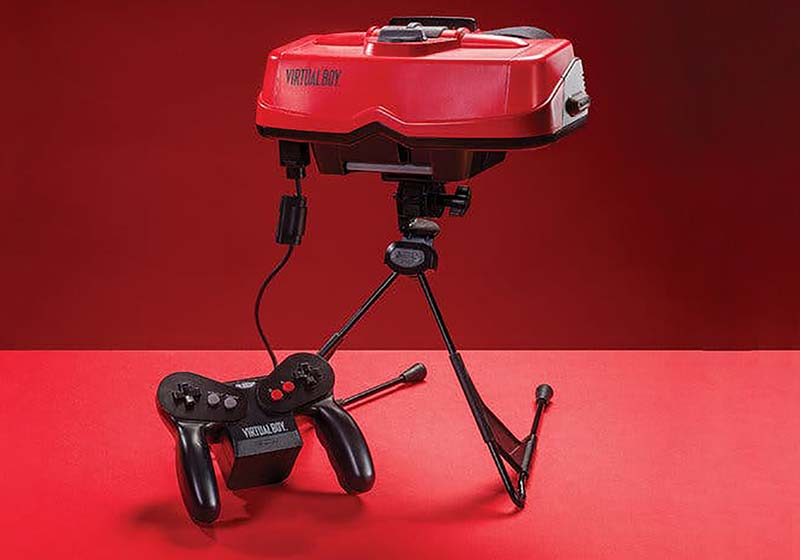
…and Then Faceplants
While Nintendo was behind on the race to release a fifth generation console, they had absolutely dominated the handheld market with the Game Boy. And shockingly, they weren’t even done – the Game Boy’s biggest years were somehow ahead of it. But in 1995 they tried their hands at another uh, “portable” console. In the summer of 1995 Nintendo released the 32-bit Virtual Boy, a pseudo-VR gaming device (Nintendo removed head tracking during development) featuring stereoscopic 3D and a red-and-black screen. The Virtual Boy was an immediate dud – it wasn’t portable at all, requiring a table stand to play effectively, caused eye strain after prolonged play, could only display two colors, and wasn’t particularly powerful. The console’s retail price – $179.95 – was the final nail in its coffin, making it too expensive for mass sales.
The console only had 22 games release for it and it was dead a year later. I bought one at a KB toys in 2008 for $25 when games were buy-one, get-one free and like 12 bucks apiece. It was a fun novelty for about an hour and Nintendo’s Wario game for it was pretty good, but that’s about it. The Virtual Boy sold so poorly it caused Game & Watch and Game Boy creator Gunpei Yokoi to withdraw from Nintendo. The Virtual Boy would mark the start of a series of rough decisions for Nintendo, kicking off a decade of decline for the company.
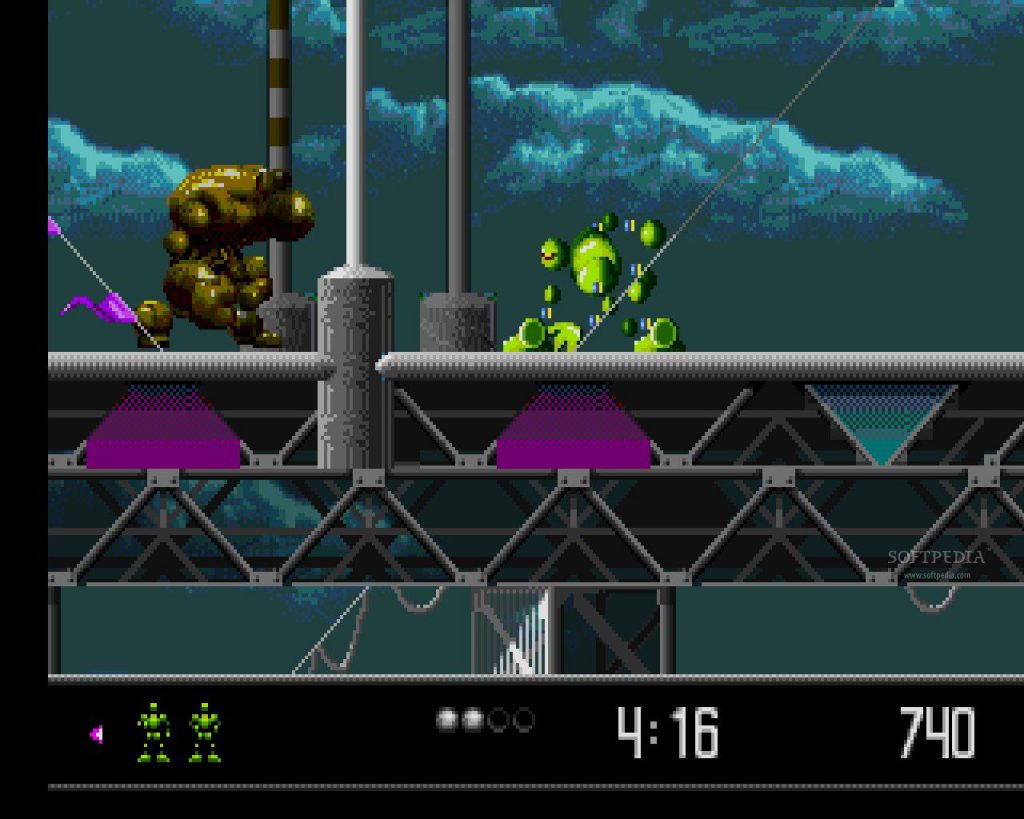
The Last Gasp of the Sega Genesis
Sega’s focus in 1995 was on the Saturn but for many developers the Genesis was still the more sensible choice, with a larger install base and lower barrier to entry. A number of solid releases made their way to the Genesis in 1995, and the most notable of those were the comic-based beat ‘me up Comix Zone and the 2D action platformers Ristar and Vectorman.

Windows 95
Microsoft replaced its relatively popular Windows 3.x with Windows 95 in August 1995, overhauling the OS graphically and combining it with MS-DOS into a single piece of software. Windows 95 added the start button and is basically the Windows framework we all recognize on PCs today. Windows 95 was pretty friendly to games thanks to being able to play DOS games and still sees some use for that reason.

InQuest Magazine
Published by Wizard Entertainment starting in 1995, InQuest was another price guide magazine, albeit one focused much more heavily on tabletop games, particularly the rapidly-expanding collectible card game market, with Magic: the Gathering as its primary focus (though it covered other games often). Along with Scrye, the magazine would become a staple of the genre and a key source of news. I used to buy every issue of InQuest as it came out – it was essential reading if you were into Magic in the mid-to-late 90s and their irreverent humor hit 14 year-old me just right. They also used to feature some incredible commissioned cover art from some of the best artists in the business.

Chrono Trigger
Chrono Trigger is the greatest JRPG ever made, and one of the best games ever made. Made by a dream team cast at Squaresoft which included Hironobu Sakaguchi (creator of Final Fantasy), Yuji Horii (creator of Dragon Quest), Dragon Ball and Dragon Quest artist Akira Toriyama, composers Yasonori Mitsuda and Nobuo Uematsu, and director Takashi Tokita (Final Fantasy IV, Parasite Eve, Live A Live), Chrono Trigger tells the story of a trio of time-traveling teenagers who at first are just trying to get home and later find themselves swept up in an epoch-spanning battle for the life of the planet itself.
Chrono Trigger combines a memorable cast of wonderfully designed Toriyama characters with an engaging, active combat system that allows characters to team up for attacks and never feels as slow. The game features some of the best sprite graphics ever made for the NES (and just generally), and features one of the greatest video game soundtracks of all time. On top of that the game’s story is wonderfully written – the tale has near perfect pacing, and manages to be witty, clever, and genuinely affecting at times. Chrono Trigger is a culmination of everything JRPGs were building up to at that point, executed by the genre’s masters all working at the top of their game.
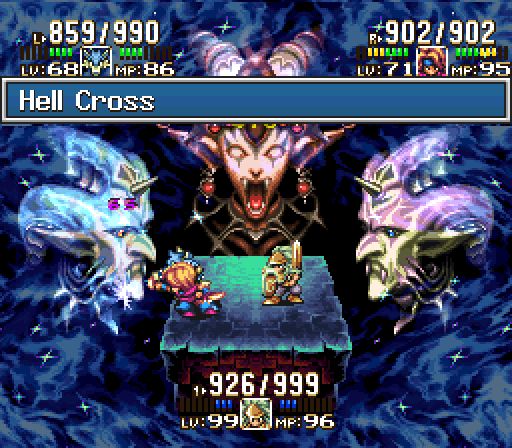
Seiken Densetsu 3 (Trials of Mana)
The sequel to 1993’s amazing Secret of Mana, Seiken Densetsu 3 offered very similar game play with an expanded world and a story told across six different characters. It’s an underrated gem with some of the most beautiful sprite work of all time. Sadly, the game would never see an official US release – you could emulate it with an English patch for years but it wasn’t until the remake in 2020 that US audiences would really get to enjoy the game. Like its predecessor, Seiken Densetsu 3 has an absolutely stellar soundtrack and a fun combat system. It’s a really solid game and it’s a travesty it never made it to the US.
The Great Dalmuti
Richard Garfield’s other successful card game was this variant of common party/drinking game Asshole. It’s a fine variant and a fun party game.

Necromunda
The OG (literally) version of GW’s wacky hive skirmish game was released in 1995, and heavily channeled 40k second edition in a way that would be fondly looked at for years to come. The box features a full Goliath and Orlock gang in plastic, all of the various bits and pieces you would need to play, and a set of phenomenal 3-D cardboard and plastic terrain which would come to define the setting and the game experience. Players used to pushing models across flat battlefields with styrofoam hills and train set tree forests now had to deal with walkways, leaping across chasms, and some of the most entertaining and enjoyable rules that GW would ever release.
In addition to being an innovative and fun game, Necromunda introduced us to a completely different perspective of the Warhammer 40,000 universe. Players used to the high-stakes endeavors of Space Marine Chapter Masters and Inquisitor Lords found themselves deep in the Underhive scraping for just enough credits to avoid starvation, and the world building was beautifully depicted with classic John Blanche illustrations. 1995 was the year that names like Delaque, Goliath, Escher, Van Saar, Orlock and Cawdor became synonymous with a game that players would love for decades to come.

Settlers of Catan
Kosmos published this Spiel des Jahres winner in 1995. If you’ve played board games in the last twenty years, you’ve almost certainly heard of Settlers of Catan, and you’ve probably played it. The game played a major part in the board game renaissance in the US, basically becoming the first European board game to make it big. In the US and driving a ton of interest in more complex games. It’s one of the most successful board games of all time and while it’s now fashionable to hate on the game if you’re a more serious board game connoisseur, it’s still a very good game and a classic for a reason.
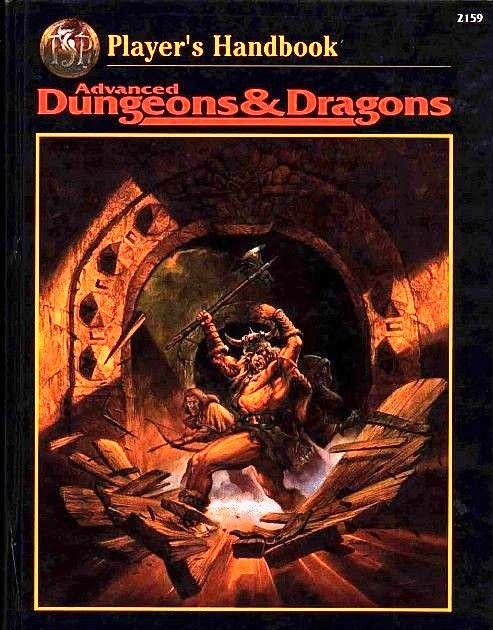
Advanced Dungeons & Dragons Second Edition, Revised
TSR issued an update to its AD&D second edition rules in 1995, with new core rulebooks and an updated visual style that made them easier to read and gave them a more approachable design. They’re a lot cleaner to look at, though for my money the cover art doesn’t come close to matching the 1989 set.
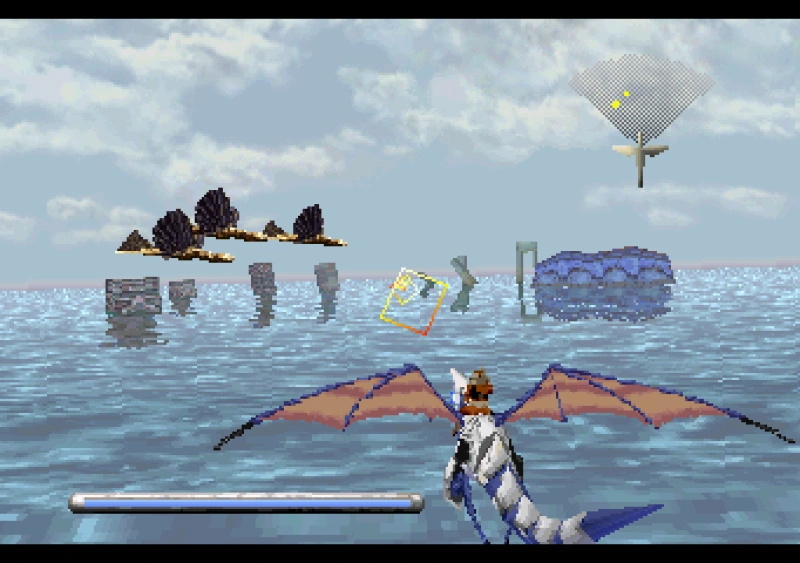
Panzer Dragoon
The Saturn had a few games release for it in 1995 but the most notable of these releases was the original Panzer Dragoon. A 3D rail shooter in which you control a flying dragon, Panzer Dragon isn’t very long but it’s a hell of a good time and it offers the best use of the Saturn’s 3D graphics capabilities you’ll find. It was one of the US launch games for the console and its sequels were even better.
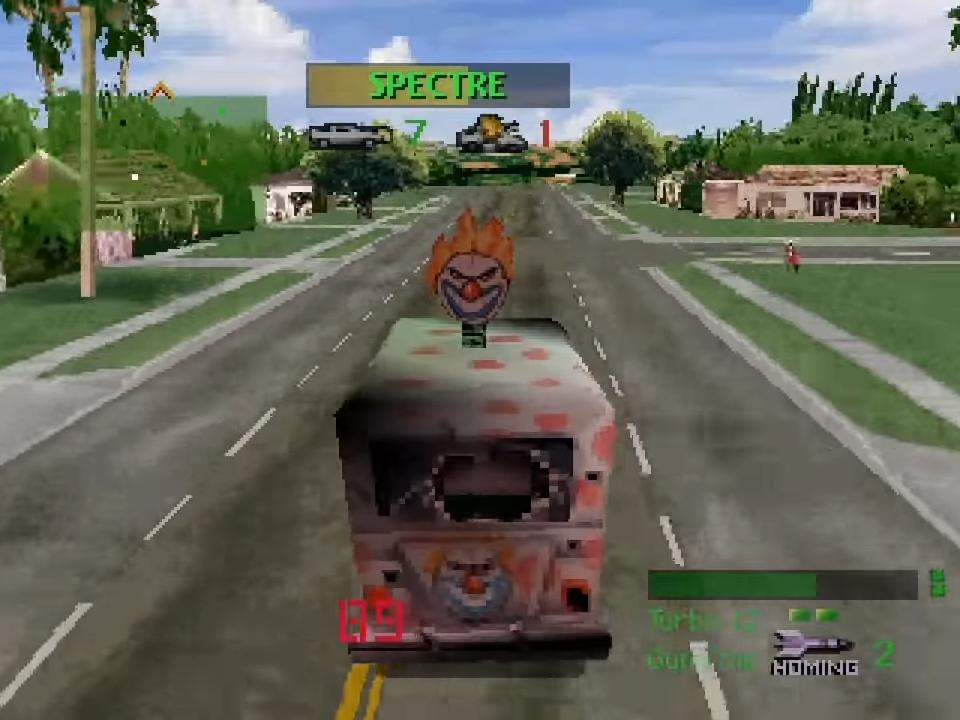
Twisted Metal
The first big hit for the PlayStation, Twisted Metal is an edgy vehicular combat game in which you ride around wrecking other cars in a super-violent demolition derby. It’s short but fun and the multiplayer carries a lot of the experience. It was a major seller for the PSX in the United States and with Battle Arena Toshinden and Tekken helped put the console up over the Saturn.
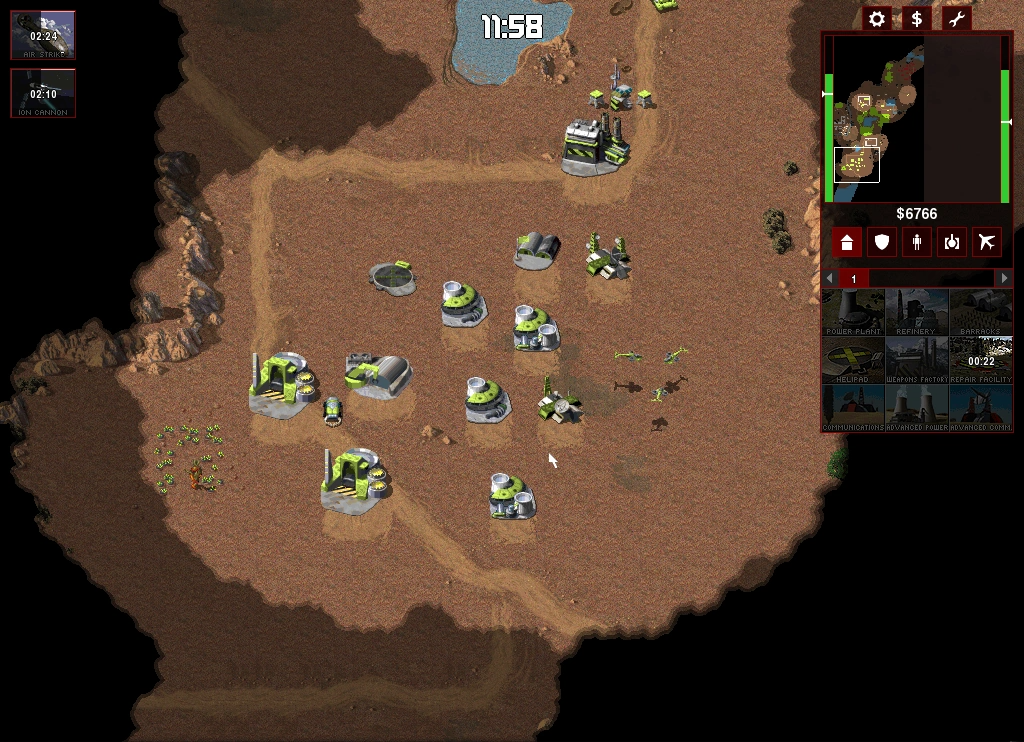
Command & Conquer
The other venerable RTS series going up against Blizzard’s WarCraft franchise was Command & Conquer, the first installment of which released in 1995 for DOS. Command & Conquer has you pick between playing the Global Defense Initiative (GDI) or the Brotherhood of Nod as you build bases, gather Tiberium, and build units and superweapons to destroy the opposing base. One of the cooler points of the game is that it had four-player multiplayer, and its gold edition would add internet play support.

Street Fighter Alpha/Zero
After publishing four updates for its Street Fighter II game between 1991 and 1994, Capcom threw it back to the past with a whole new game in the series, Street Fighter Alpha: Warriors’ Dreams. Alpha (Zero in Japan) took place between the original Street Fighter and its sequel, and featured a younger Ryu, Ken, Chun-Li, and Sagat alongside updated characters from Street Fighter like Birdie and Adon, Guy and Sodom from Final Fight, and Charlie and Rose. The game continued to iterate on the mechanics of SSF2 Turbo, building on the concept of Super Movies and adding Super Combos and Alpha Counters.

WarCraft II: Tides of Darkness
Blizzard released the follow up to its hit RTS in 1995 on MS-DOS and the Mac, this time adding fog of war, a minimap, and better internet multiplayer support. WarCraft II won most of the PC Game of the Year awards for 1995; the huge hit for Blizzard helped elevate the company to that elite level shared by developers like id Software and LucasArts.

Tekken 2
Namco followed up its successful first outing in with Tekken 2 at arcades in 1995. The game was more of the first game, only with more characters, tighter mechanics, and a bonkers story. The game was a hit in arcades but didn’t really explode until it made the jump to the PlayStation the following year.
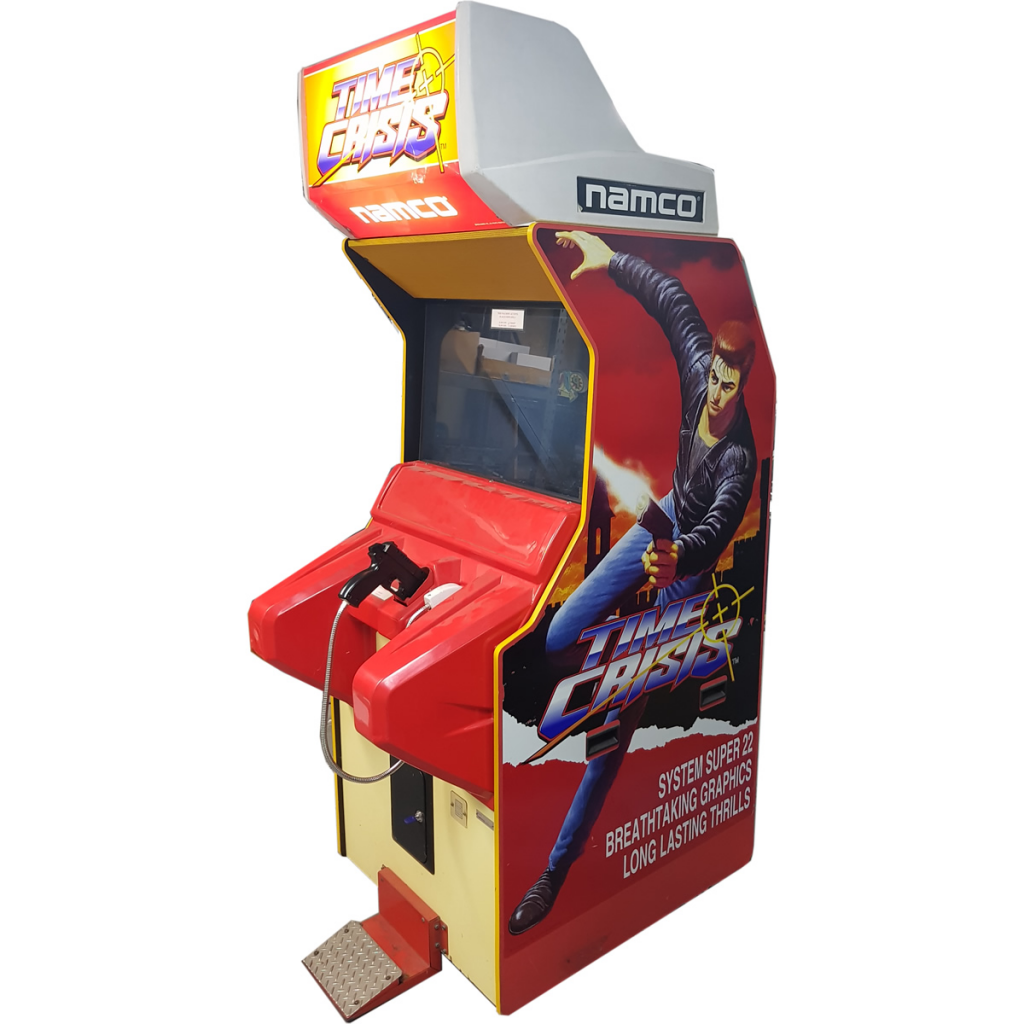
Time Crisis
Namco’s Time Crisis is a light-gun shooter which adds one key innovation: A foot pedal which you press to move in and out of cover. The foot pedal completely changes the game, making it a much more tactical shooter where players can control their exposure to incoming fire and dodge shots. The only reason Time Crisis isn’t considered one of the all-time great arcade games is because of its sequel, Time Crisis 2 being the all-timer.
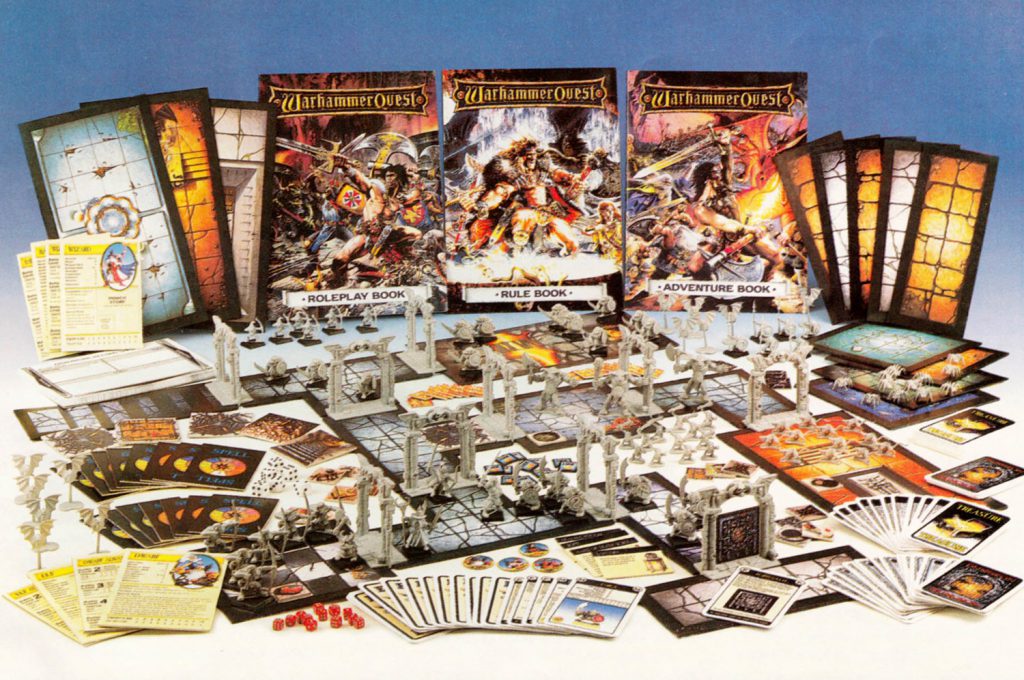
Warhammer Quest
Games Workshop decided to just go ahead and make its own advanced version of HeroQuest in 1995, releasing Warhammer Quest. Set in the Old World of Warhammer Fantasy Battles, the game lets four players navigate modular dungeons (generated via tiles) with a party of adventurers, fighting Warhammer monsters all the way down. The game was well-loved, to the point that Games Workshop has periodically revisited it multiple times over the last 20 years with updates like Silver Tower and Blackstone Fortress.

Codex: Tyranids
Games Workshop redefined the xenos menace in August 1995, introducing us to the Tyranids as a fully-fledged faction in Warhammer 40k. This new codex reworked the hive fleets and fleshed out their backstory, giving Tyranids a more cohesive range and the feel of an inscrutable terror from beyond the galaxy. The Codex established a new backstory for the Tyranids, detailing how they got their name and were first spotted in the Imperium, and gave us the battle for Macragge, in which Hive Fleet Behemoth would finally be stopped and the Ultramarines would finally get some real flavor to their chapter. These new Tyranids were an insidious, hive-minded threat, no longer using emissaries like Zoats but instead mindlessly devouring everything in their path.
Why It Was the Best Year in Gaming
1995 is a bit of a transition year for video games – the PlayStation and Saturn weren’t fully cooking yet, while things were winding down on the 16-bit consoles. But it was a banner year for collectible card games, with a number of high profile competitors to Magic releasing. Star Wars CCG was as strong as Magic competitors got before Pokemon and I’ll go to bat for OverPower to this day. 1995 really shines when it comes to the tabletop, and in addition to the revised AD&D second edition, Games Workshop’s entries were very strong – two standalone games, plus the Codex releases for Imperial Guard, Ultramarines and Tyranids, the last of which would set the Tyranids up with the story framework they have today.
Even for a transition year in video games, ‘95 is pretty strong, with a number of classic 16-bit releases including all-timer Chrono Trigger. Games Workshop had a strong year on the tabletop, releasing Necromunda and Warhammer Quest while Settlers of Catan would more or less start a board game revolution in the United States. There’s a lot to like here and if you’re a bigger fan of CCGs, board games, and tabletop games, then 1995 makes a very strong case.
This article is part of a larger series on the best year in gaming. For more years, click this link. Have any questions or feedback? Drop us a note in the comments below or email us at contact@goonhammer.com.
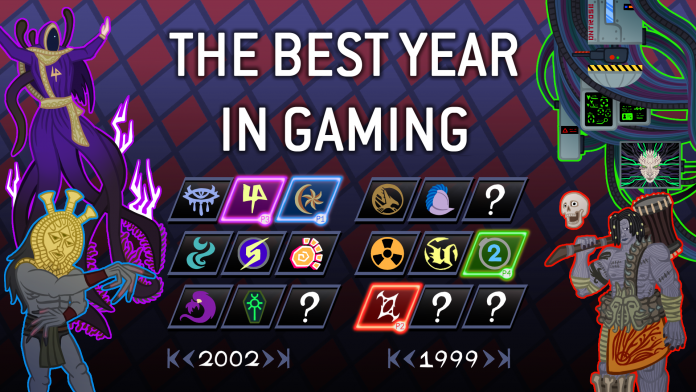


You must be logged in to post a comment.